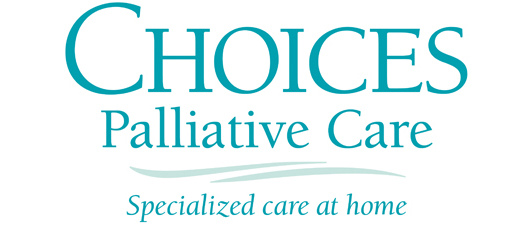The Healing Power of Rituals
 When the words “ritual” and “grief” come to mind, most people think about public traditions such as wearing black, the Jewish tradition of sitting Shiva or attending a funeral or a Celebration of Life service. And, yes, they are examples of rituals commonly practiced by people who are grieving, but they are all public examples. Rituals help you acknowledge the reality that your loved one has died. They provide solace because others join to share both their grief and their support. You may be surprised to learn, however, that far more powerful and helpful for grieving people are the personal, private rituals you create on your own.
When the words “ritual” and “grief” come to mind, most people think about public traditions such as wearing black, the Jewish tradition of sitting Shiva or attending a funeral or a Celebration of Life service. And, yes, they are examples of rituals commonly practiced by people who are grieving, but they are all public examples. Rituals help you acknowledge the reality that your loved one has died. They provide solace because others join to share both their grief and their support. You may be surprised to learn, however, that far more powerful and helpful for grieving people are the personal, private rituals you create on your own.
I recall a gentleman who came to me after his wife of 45 years had died in Hospice care. He lovingly spoke of their years together. One of the rituals they always shared is one he has continued now after her death. Every day around 5:00 p.m. he would sit in the living room and she would play the piano for him. Now that she’s gone, every day at that time, he sits in the living room and plays a CD she had recorded and given him for his birthday. He told me he always cried as he listened, but he felt closer to her whenever he did and felt better afterwards.
This is just one example of a private, personal, and emotionally-moving ritual that connected this gentleman to the memory of his wife in a deep and powerful way. Nobody can tell you what your rituals should be. Reflect about your loved one, who they were, and what they valued. Be open to what ‘feels right’ and what you may want to consider trying. Grief bursts—those moments of deep grief—can pop-up from seemingly nowhere. They leave you feeling overwhelmed with emotion and as if your life is out of control. Having some personal, private rituals can help offset this feeling. They have a beginning, middle, as well as an end. You will feel more grounded, less anxious, and better able to reconnect with life.
~Patti Anewalt, Director

 Back
Back
Keep in touch.